How User-Centered Design (UCD) Drives Measurable ROI
Elevating User Experience (UX) to Drive Digital Revenue
The mantra of "data is the new gold" has dominated business strategy for years. However, while data analysis fuels artificial intelligence (AI), the infusion of human wisdom unlocks its potential. Testing hypotheses, reviewing results, and integrating user feedback are crucial for extracting actionable insights from data. Data alone falls short; often, data overload can lead to indecision and missed opportunities for meaningful action and innovation.
Putting the User First: A C-Suite Imperative
In today's fiercely competitive landscape, a user-centered approach is no longer a suggestion; it's a C-suite imperative. By placing the user at the core of product and service development, companies ensure they create offerings that solve real problems and deliver value, which translates to sustainable market success.
The Journey Begins with User Research
The foundation of UCD lies in comprehensive user research. Here, we delve deep into user needs and customer pain points through interviews, surveys, data analysis, and competitor insights. Go beyond features to uncover deeper motivations and frustrations. Validate your findings with real users through usability testing to ensure you're addressing unmet needs. Wibeee, an IoT product, exemplifies this. They improved customer experience (CX) by understanding energy consumption habits and designing a clear visual system for their product through a user-centered approach.
Quantifiable Benefits: The ROI of User-Centered Design
Case Study: Streamlining the Checkout Experience Boosts Sales
A luxury coffee machine manufacturer faced high cart abandonment rates. By simplifying their eCommerce checkout process through user-centered design principles, they achieved an astonishing 80% reduction in cart abandonment. This strategic move significantly increased online sales and underscored the power of frictionless user experiences.
While increased sales are a welcome outcome, user-centered design delivers a wider range of benefits measurable by C-suite executives:
- Reduced Customer Churn: Understanding user frustrations through user research can help identify and address pain points that lead to customer churn.
- Enhanced Brand Loyalty: A user-centered approach fosters positive brand relationships. Customers feel valued and heard, leading to increased loyalty.
- Improved Customer Lifetime Value (CLTV): Businesses cultivate long-term, high-value customer relationships by exceeding user expectations through exceptional UX design.
The Future of User-Centered Design
Emerging technologies like AI, AR/VR, and advanced data analytics promise to further revolutionize user-centered design practices. Imagine using AI to personalize user journeys in real-time or leveraging VR to conduct immersive usability testing. By embracing these advancements, businesses can gain a deeper understanding of user needs and preferences, creating hyper-personalized experiences that drive innovation and business success.

C-Suite Action Steps: Implementing User-Centered Design
- Establish a dedicated User Research Program: Dedicate resources to a comprehensive user research program, including user interviews, surveys, and usability testing. This ensures a focus on understanding the customer journey throughout the design process.
- Embrace a Culture of User Feedback: Create channels for gathering and integrating user feedback throughout the product development lifecycle. This ensures a focus on UX throughout the design process.
- Build a Cross-Functional Team: To ensure a holistic approach, assemble a team with expertise in design, development, user research, and data science. Data science can be vital in analyzing user behavior data to inform design decisions and optimize user experiences.
While there is no one-size-fits-all approach to putting the user first, prioritizing user needs, understanding behavior and iterative improvement remain universally applicable. Our history in software development tells us that each company and product will face its distinct challenges, requiring a customized approach to meet the unique needs of its end-users.
Request a Data Science Consulting
Data science plays a vital role in user-centered design. By analyzing user behavior data, businesses can uncover hidden patterns and preferences that are not readily apparent through traditional research methods. This data can then inform design decisions and optimize user experiences. SEIDOR Opentrends conducts 10-day proprietary design thinking workshops with design, data science and software architecture experts. The future of business lies in understanding, adapting and evolving with the user at the forefront. Contact us to learn more about the à la cart session.

